The University of Hawai’i at Hilo College of Natural and Health Science Colloquium Series
Fall 2024
18 September 2024
Speaker: Dr. Steve Lundblad, UH Hilo Geology Department
Title: Measuring Ground deformation on the Kīlauea Volcano
Abstract: Students and faculty in the UH-Hilo Geology Dept. play an important role in assisting USGS-Hawaiian Volcano Observatory scientists in measuring ground deformation on the Kīlauea Volcano. Ground deformation is used to track magma movement before and during eruptions at the volcano. During the past four years, there have been several eruptions within Kīlauea Calder, several magma intrusions into the rift zones, and one short eruption occurred outside of caldera. This talk will explore the type of geodetic information collected to track activity at the volcano and what the information implies for current and future activity.

25 September 2024
Speaker: Dr. Efren Ruiz, UH Hilo Mathematics Department
Title: The Mad Veterinarian and Topological Markov Chains
Abstract: Robert Harris first ‘Mad Veterinarian’ puzzle was posted to the rec.puzzles newsgroup in September 1998. The puzzle goes as follows: A mad veterinarian has created three animal transmogrifying machines. The first machine takes a cat as an input and its output bins produce two dogs and five mice. The second machine converts a dog into three cats and three mice. Lastly, the third machine converts a mouse into a cat and a dog. Each machine can also operate in reverse (e.g. if you’ve got two dogs and five mice, you can convert them into a cat). You have one cat. Can you convert it into seven mice? Can you convert it into a pack of dogs, with no mice or cats left over?
In this talk, I will discuss the fascinating connections between the above puzzle and two mathematical objects called topological Markov chains and operator algebras. Both mathematical objects have their origins in Physics in order to study the chaotic behavior of an object’s motion and to study quantum mechanics. This connection was first made by Gene Abrams and Jessica Sklar in their work published in the MAA Mathematics Magazine. This talk is for the general audience, so no advanced mathematical knowledge will be required.
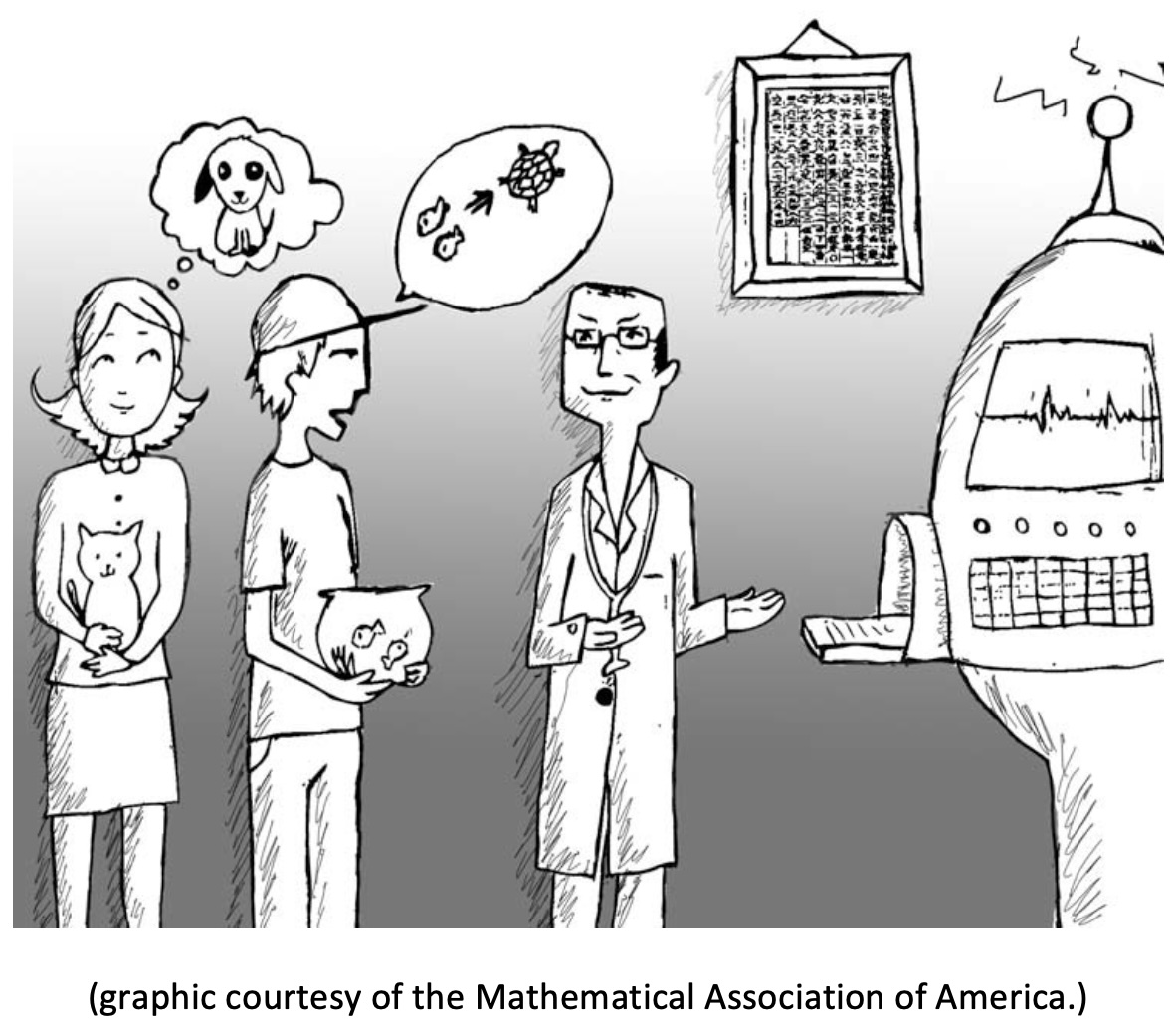
2 October 2024
Speaker: Dr. Peter Mills, UH Hilo Anthropology Department and TCBES
Title: A glimpse into Hawaiian stone tool production in the 1300s CE
Abstract: For the past two decades, UH Hilo has been at the forefront of studying the sources of stone tools throughout the Pacific with non-destructive Energy-dispersive X-ray fluorescence (EDXRF). This talk will give an overview of the long-term collaboration between Peter Mills (anthropology) and Steve Lundblad (geology) in this project. It has involved scores of undergraduate students, many of whom have published results in peer review journals. This sets the context for a current study of two sites in Kona that date to the 1300s CE being conducted by Peter’s ANTH 484 (stone tool analysis) class, where for the first time, we are able to address the extent to which early Hawaiian populations had explored their geological environment to find high-quality basalt sources for making stone tools.

9 October 2024
Speaker: Dr. Natalie Graham, UH Hilo Biology Department
Title: Towards a better understanding of rapid change in forest arthropod communities using biodiversity surveying with environmental DNA
Abstract: Our world is undergoing significant changes due to human impacts, threatening Hawaiian forest communities through climate change, habitat loss, and invasive species. To assess forest health in real-time, molecular biodiversity surveys offer a promising method. However, the rapid spatial and temporal turnover of forest changes, especially for rare species not in genetic reference databases, poses challenges. In the CNHS symposium presentation I will discuss emerging technologies at the ’Elala Biodiversity Lab, University of Hawaii at Hilo, aimed at addressing global change phenomena. I present data from Next Generation Sequencing of arthropod communities, examining their responses to environmental variations in elevation, land use, and fungal pathogen disturbances. By analyzing fundamental biodiversity data (alpha and beta diversity measures), I identify fauna that are more resilient or threatened, providing insights for conservation efforts.
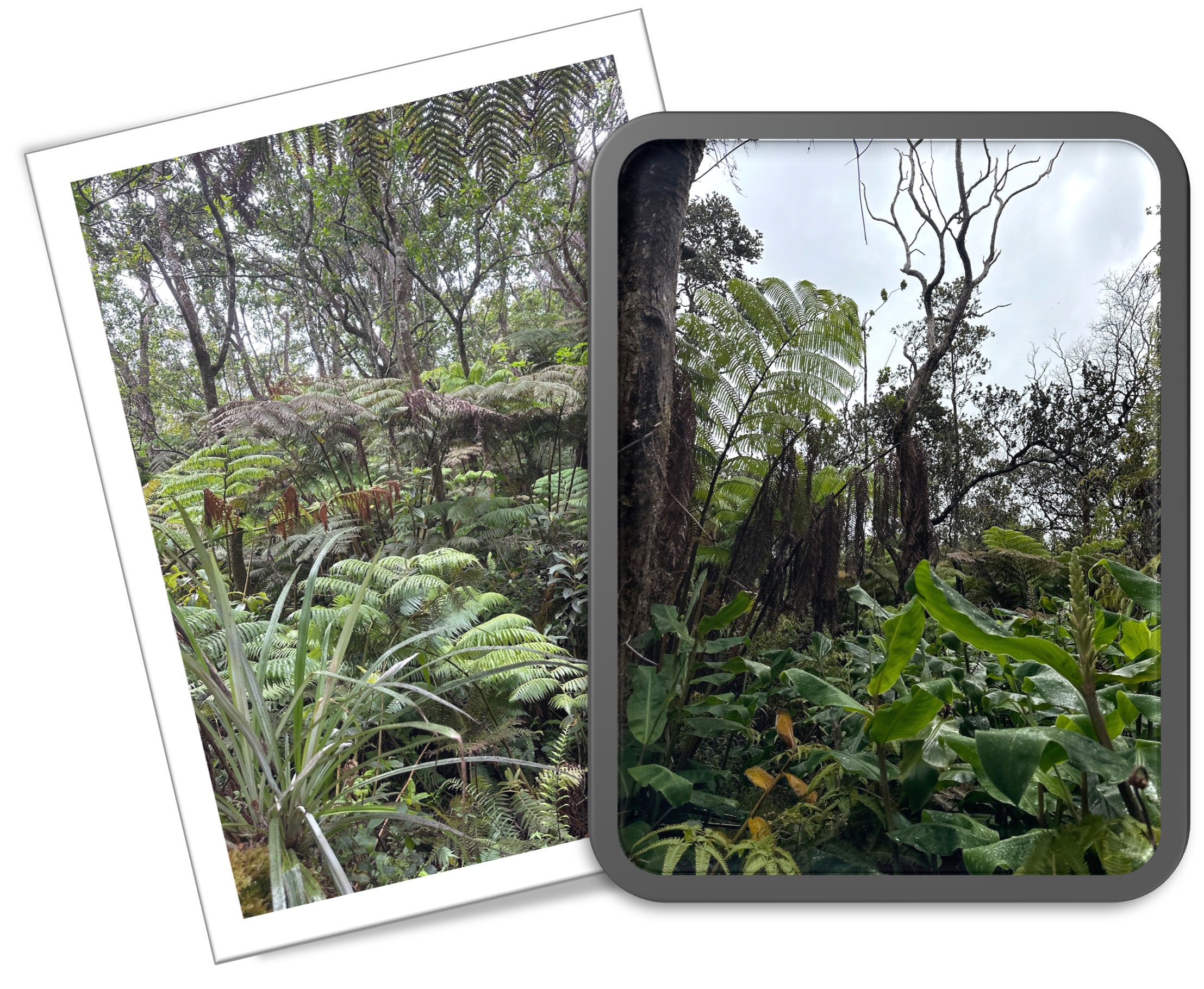
16 October 2024
Speaker: Dr. Heather Kaluna, UH Hilo Physics and Astronomy Department
Title: Characterizing the efficacy of pulsed laser irradiation in simulating space weathering processes on pristine lunar soils.
Abstract: The characterization of lunar soils returned from the Apollo missions has provided a wealth of data for which we can ground-truth space weathering studies for the lunar surface. This talk will present the results of a series of pulsed laser irradiation experiments aimed at simulating the space weathering processes in the lab. We find that a 1064 nm Nd:YAG laser pulsed at a frequency of 20 Hz with a 6-8 nanosecond pulse duration produces an abundance of nanophase particles (sizes smaller 15 nm) resulting in spectral trends that generally follow those of naturally weathered soils of similar composition (reddening, darkening, and band suppression with increasing maturity). However, as currently designed, the experiments are not well suited to produce the larger, microphase iron metal particles needed to achieve the degree of darkening and loss of spectral contrast needed to replicate that of mature lunar soils. We will conclude with a brief discussion on the current experimental design being used to improve our ability to reproduce both the nanophase and microphase iron particles observed in mature lunar soils.
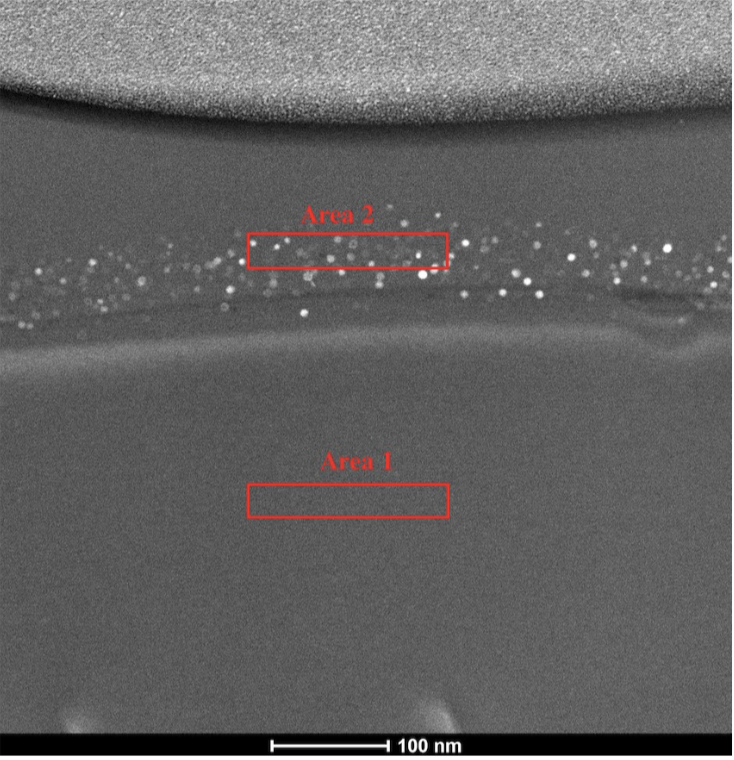
23 October 2024
Speaker: Dr. John Burns, UH Hilo Marine Science Department
Title: Unlocking the mysteries of biodiversity on Hawaiian coral reefs
Abstract: Coral reefs are both culturally and economically important, yet these ecosystems still remain poorly understood. Learn how the Multiscale Environmental Graphical Analysis (MEGA) Lab uses cutting-edge 3D technology to map and study reefs. These 3D reconstructions are layered with an array of environmental data to improve our understanding of the biology and ecology of these habitats. This work has helped us to learn how coral reefs are changing over time, and how these changes impact associated reef organisms and the services we as humans depend on. Ultimately, our goal is to use innovative technologies to improve our understanding of reef biodiversity and develop techniques to help protect and preserve these ecosystems for future generations.
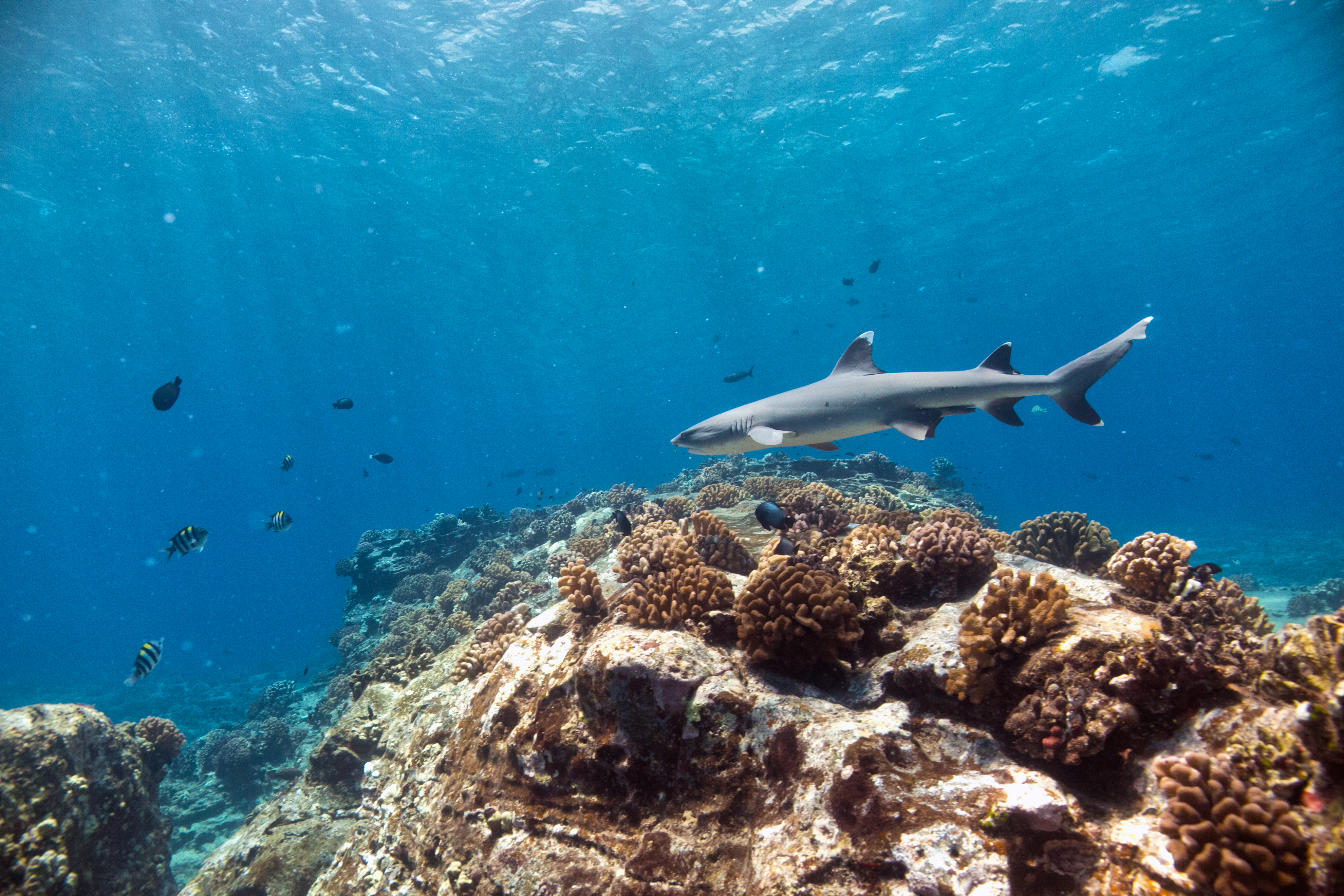
6 November 2024
Speaker: Dr. Thomas Lee, Harry H. Hess Postdoctoral Fellow, Princeton University
Title: Back to the Future: Answering Tomorrow’s Questions with Yesterday’s Data
Abstract: Archives of historical seismic data around the world offer a treasure trove of quantitative information spanning more than a century. With modern tools and techniques for rescuing and digitizing these data, they can be applied to a host of novel problems that have traditionally been outside the normal realm of seismology. This talk will detail efforts to use both modern and historical seismic data to better study and constrain hurricanes, as well as highlight other applications for this data across the earth sciences.
13 November 2024
Speaker: Dr. Takehiro “Hiro” Iwatsuki, UH Hilo Kinesiology and Exercise Sciences Department
Title: How Do People Learn Motor Skills Effectively?
Abstract: Understanding effective motor skill acquisition is a critical question. Moreover, the ability to perform well under pressure distinguishes exceptional individuals from their competent peers. In motor learning, significant research has focused on what we should focus on – attentional focus – to explore optimal focal points during skill acquisition to maximize learning outcomes. Over the past decade, motivational factors have gained attention. For example, studies have investigated whether motor skills improve when learners can choose certain practice conditions or receive positive feedback, even if it is a fake…
This talk will discuss how individuals learn motor skills and enhance their performance. Intended for a general audience, it will provide insights into how research has evolved to inform teaching or coaching strategies for children, adults, and individuals with disabilities. This presentation will offer a comprehensive overview of the accumulated research knowledge in this field.
14 November 2024
Speaker: Dr. Rachel Rotz, Assistant Professor, Dept. of Marine and Earth Sciences, Florida Gulf Coast University
Title: Integrated and Interdisciplinary Approaches to Water Studies: Insights from Deserts, Coasts, and Planetary Analogs
Abstract: Integrated and interdisciplinary approaches to hydrology provide insights into water’s role across diverse environments, from deserts to coastal regions and planetary analogs. By combining field studies, remote sensing, and computational modeling, this research examines how water interacts with terrestrial and coastal systems. In Australia’s desert wetlands, flooding influences dune morphology and sediment dynamics, while Hawaii’s coastal freshwater lenses serve as analogs for Martian environments. Studies in South Florida’s wetlands further reveal nutrient transport dynamics linking terrestrial and marine systems. Together, these investigations deepen our understanding of hydrological processes, offering implications for environmental management and planetary science.
20 November 2024
Speaker: Annika Dechert, Ph.D. Candidate University of Oregon
Title: Interdisciplinary Studies of Active Magma Systems: Past Projects and Future Goals
Abstract: The Three Sisters volcanic complex (South, Middle, and North Sister) in the central Oregon Cascades is considered a “very high threat” by the U.S. Geological Survey, with eruptions of South Sister only 2,000 years ago and inflation just west of South Sister since the mid-1990s. I utilize interdisciplinary methods of volcanology to probe the Three Sisters’ magmatic history and consider the current magmatic system. My work connects the past and present, supporting preparation for future eruptions.
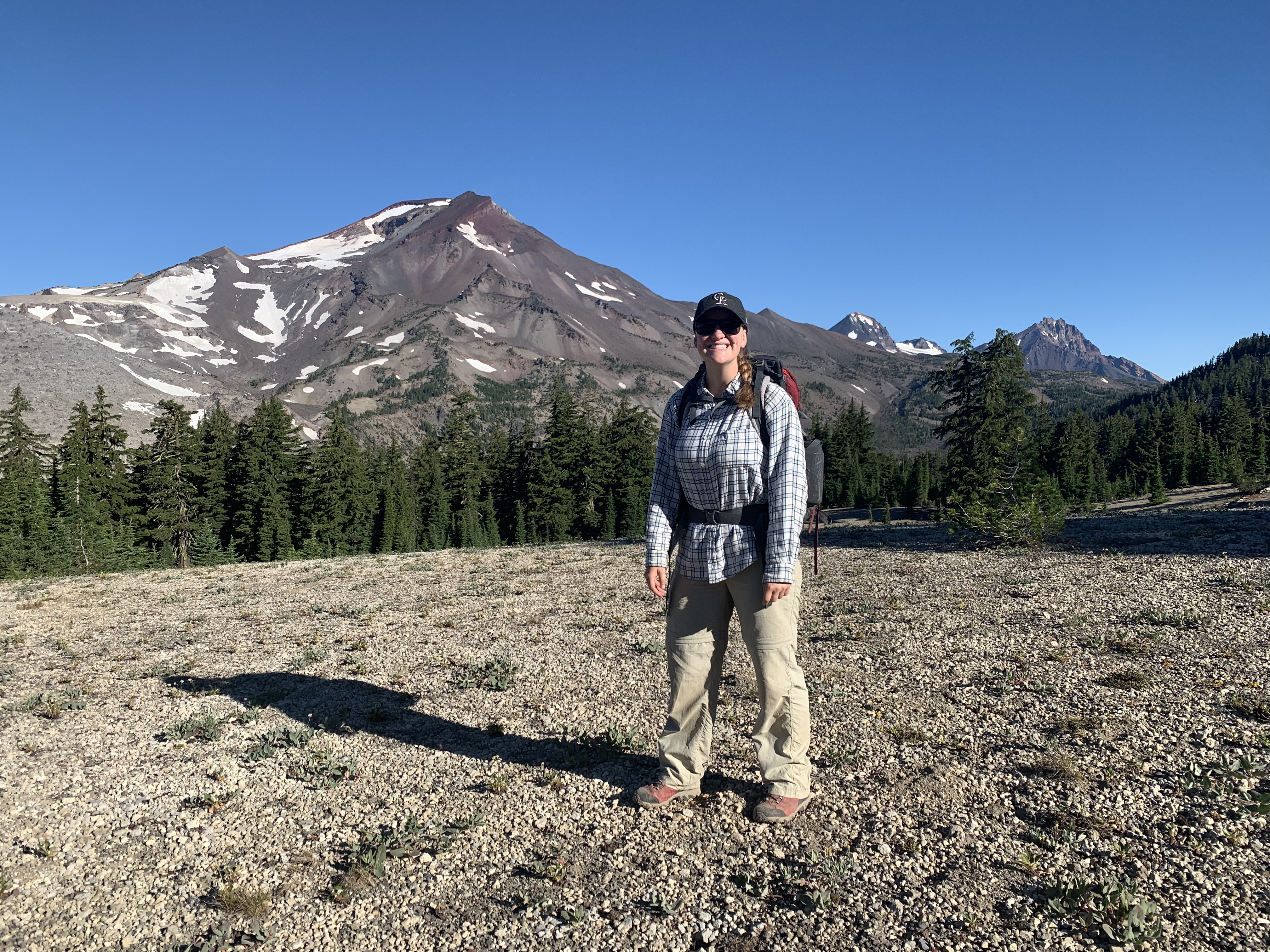
4 December 2024
Speaker: Dr. Patrick Hart, UH Hilo Biology Department
Title: TBA
Abstract: TBA
11 December 2024
Speakers: Ellen Lee and Dr. Mark Chun, Institute for Astronomy-Hilo
Title: Adaptive secondary mirrors for astronomical telescopes
Abstract: Adaptive optics provide a means to correct for the blurring of images/observations induced by the Earth’s atmosphere. By incorporating this adaptive correction into the telescope optics itself (e.g. adaptive secondary mirrors) we provide a means to effectively double the collecting area of existing ground based telescopes making them more efficient. We are working on a new way to produce adaptive secondary mirrors which could enable this gain on many ground based telescopes in Hawaii and around the World. We present the basic approach and the results from the first system on the NASA IRTF telescope on Maunakea.